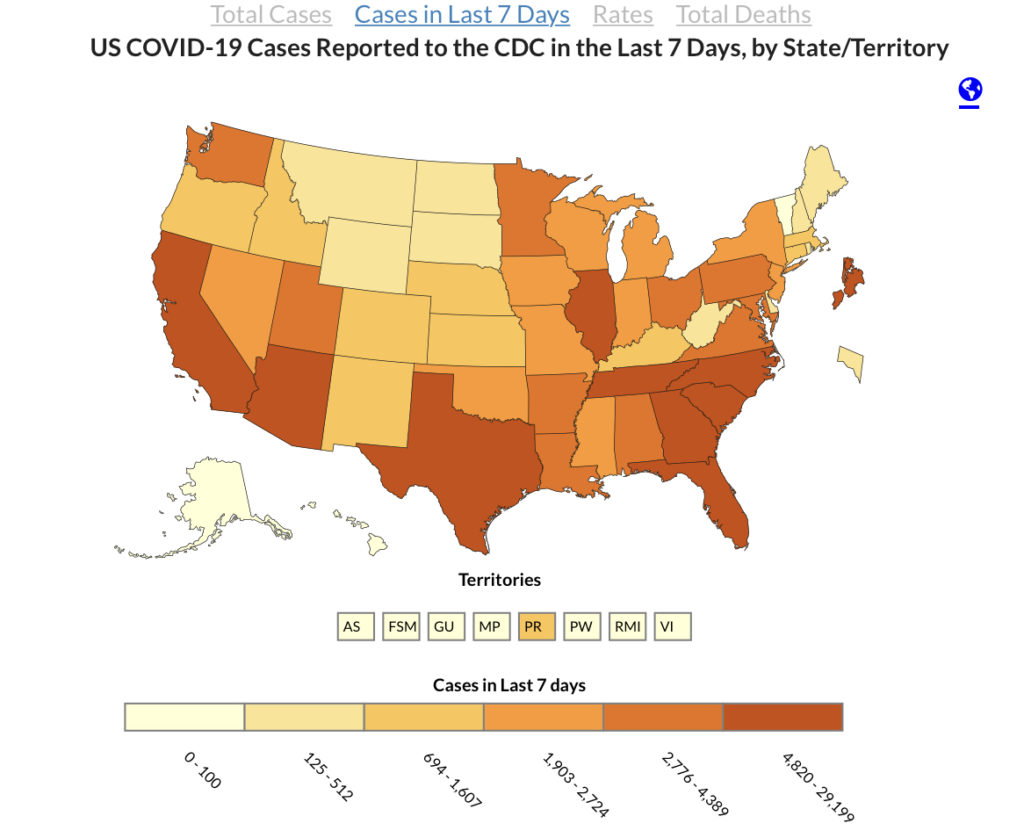For months, we've been emphasizing that SARS-CoV-2, the virus responsible for COVID-19, can linger on surfaces—even when the CDC seemed to suggest otherwise. We’ve also highlighted how asymptomatic transmission might be underreported. At this point, it feels like we’re just repeating what many already know.
But today, a new study published in *mSphere* has brought up a topic that hasn’t been widely discussed: how exactly do people with COVID-19 spread the virus? And where does it end up?
The research shows that both symptomatic and asymptomatic patients can contaminate their surroundings. While this makes logical sense—after all, not everyone who is infectious is hospitalized—it’s still concerning. The study mentions a “false sense of security,†which resonates as we see case numbers rising again despite reopenings.
Here’s what you need to take away:
- **Surfaces are high-risk areas!** PCR testing found that 39.3% of surface samples were positive for SARS-CoV-2. In some hospital rooms, over 90% of surfaces tested positive for live virus.
- **Air samples were negative!** That means it's safe to breathe in an empty room—provided you don’t touch anything. Masks remain essential.
- **Asymptomatic patients may struggle to isolate at home.** The study suggests that dedicated isolation facilities, like those used in China, could be more effective.

### How the Study Was Conducted
Researchers in Chengdu, China, sampled the environment and air in the hospital rooms of 13 patients diagnosed with COVID-19. Eleven had symptoms, while two tested positive without showing any signs. These individuals had recently returned from overseas and were placed in isolation wards. Their rooms had negative pressure systems to prevent air from escaping.
On April 2nd, researchers collected samples from various surfaces and the air, including bedrails, door handles, light switches, sink rims, toilet bowls, and exhaust vents. Of the 112 surface samples tested, 44 (or 39.3%) were positive for SARS-CoV-2. Some rooms had as high as 95.7% of surfaces contaminated.
The most contaminated areas included:
1. Bedrails (53.9%)
2. Pillows (50%)
3. Bedsheets (50%)
4. Air exhaust outlets (50%)
5. Light switches (40%)
Despite regular cleaning with 2,000 mg/L chlorine solution twice daily, contamination was still widespread. Researchers collected samples 4–7 hours after the first clean of the day.
### Less Aerosol, More Droplets
One key finding was that all air samples tested negative for SARS-CoV-2. This suggests that airborne transmission isn’t the main concern, at least in controlled hospital settings. However, some air exhaust outlets tested positive, indicating that small viral particles could travel through the air and settle on surfaces.
While the study didn’t find significant aerosolized virus, it did show that droplets from infected individuals can spread the virus across surfaces. This highlights the importance of wearing masks, especially in close proximity to others.
The researchers noted a limitation: they only tested a small volume of air and didn’t confirm if the virus was viable. More research is needed to fully understand how SARS-CoV-2 behaves in the air.
### Surface Contamination Is High
The study clearly shows that surfaces can become highly contaminated quickly. Even after cleaning, virus particles can settle on objects within hours. This means that even in places like grocery stores or public restrooms, surfaces can pose a risk.
If someone asymptomatic touches a surface after being exposed, they can spread the virus without knowing it. This is why self-isolation at home may not be enough, especially in shared spaces.
### Final Thoughts
The best approach is to minimize time outside, clean everything you touch, wear a mask in public, and stay informed. As cases rise again, it’s more important than ever to remain vigilant and follow safety guidelines.
Stay safe, stay smart, and keep washing your hands.
Other Hair Clippers,Women's Hair Trimmer,Mens Clippers,Electric Cordless Hair Clippers
Ningbo Unibono Appliance Co.,Ltd , https://www.unibono.com